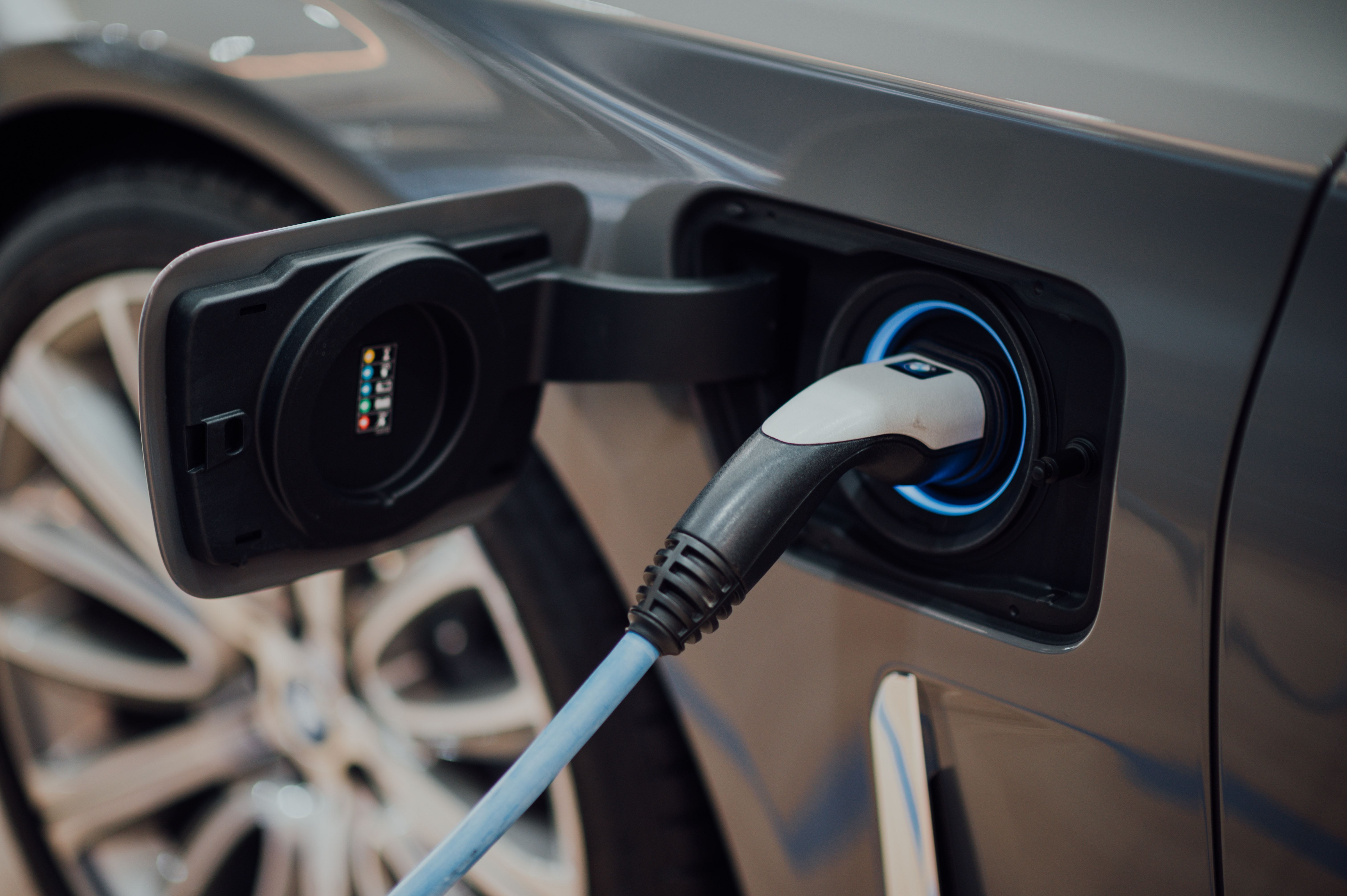Sign up to our newsletter!
No matter if you are moving, or improving, our newsletter is packed with the best tips, tricks and ideas to help you dwell well.
With more and more people becoming aware of the impact climate change is having on the planet, the time has now finally come to make a difference.
It’s difficult to deny the statistics, after all. Atmospheric carbon dioxide is on the rise, polar ice caps are melting, the sea levels are higher, the planet is warmer and NASA are continually releasing ‘unequivocal’ evidence citing the detrimental impact of climate change. Therefore, something needs to be done, and sooner rather than later.
While moving towards an electric car and putting more effort into recycling may help somewhat, implementing eco-friendly methods into your home is the best way to make a difference. From planting more trees in your garden to heating your home with renewable energy, there are many things you can do to make your house more sustainable.

One area you shouldn’t overlook is your garage. By designing your garage in a more sustainable way, you could not only save yourself a ton of money but you may even increase the value of your home at the same times. Here’s how to get started:
When it comes to designing an eco-friendly garage, installing insulation is the ideal places to start.
Without effective insulation in place, trapped air can transfer from your garage into the rest of the house, making it colder or warmer accordingly. In the summer, this air is normally warmer, requiring energy-sapping air conditioning units and fans to be used in order to cool down. Whereas, in the winter, this air is cold, transferring into your house and causing you to spend more on heating.
By choosing to insulate the walls around your garage, you can trap this air effectively, keeping your garage feeling nice and toasty while you’re in there. This, in turn, will save yourself a lot of money in the long run, in terms of energy costs.
However, it’s not just the interior walls you need to consider – there are many other areas of the garage to consider. Whether it be your garage door, your exterior walls or your garage’s windows, there are a number of ways to embed insulation throughout your garage.
The lighting you use in your garage can make a big difference to your energy bills as well as your home’s carbon footprint.
Having windows in your garage will allow natural light in during the day, saving you the need to turn any light on. However, when it comes to the night time, using a lighting solution which utilises energy-efficient lightbulbs, such as CFL or LED bulbs, will make a big difference to your home’s energy costs.
Of the two options, LED bulbs tend to be the better choice largely because they are brighter, more durable and better at resisting colder weather.
As a space-saving measure, many garages will often have large electrical appliances like fridges and freezers inside. While this is all well and good, appliances like these tend to use a lot of energy so consider either upgrading them with a greener, eco-friendlier alternative or getting rid of them altogether.
As proved during a study back in 2011, if all UK consumers purchased A+++ rated fridge-freezers instead of standard A+ models, the savings could have totalled more than £24 million. Doing so would have also saved approximately 1.5 million tonnes of carbon – equivalent to half a million cars or two of San Francisco’s Golden Gate Bridges.
Utilising your garage’s roof can be a fantastic way of improving your home’s sustainability.
If, for example, you’re looking to power your own home, why not think about installing some solar panels on top of your garage’s roof? These specialist panels harness the sun’s energy, converting its rays into electricity, which can then be used to power your home. Since the sun is a natural source of energy and is in infinite supply, installing solar panels could save a lot of money in the long run, despite the slightly expensive upfront cost.
Alternatively, you could utilise your garage roof to harvest rainwater instead. With more than 1,400 million cubic kilometres of water on earth, only 1% of this is available for human use. Therefore, reducing your home’s level of water wastage is of huge significance.
By installing a rainwater collection system, this will enable you to harvest water that you can then use however you like – from watering the plants to washing your car.

Live well with Moving and Improving